Tree Pruning, Especially Oaks
I’m asked several times weekly when it’s safe to prune oak trees. People are usually concerned about spreading oak wilt by pruning improperly.
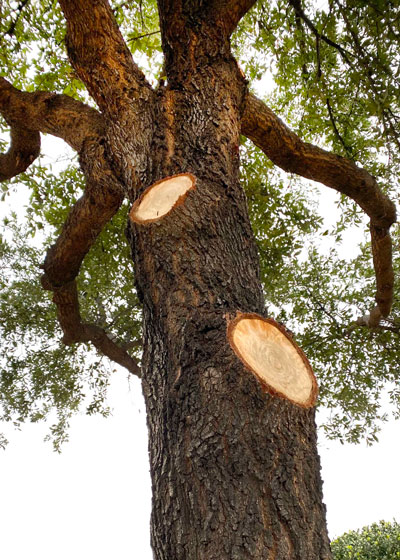
I decided to address tree pruning in two steps. We’ll start with the oaks, and we’ll spread to the general topic of all trees.

Pruning oaks: How and when…
Because they are subject to a vascular fungus that has killed thousands of live oaks and red oaks across Texas, how and when we prune these trees is ultra-important. Here are your important facts.
• Insects are a major carrier of the oak wilt fungus. They move most freely to open wounds.
• Insects are inactive in winter, so prime pruning time was initially determined to be Thanksgiving through Valentine’s Day.
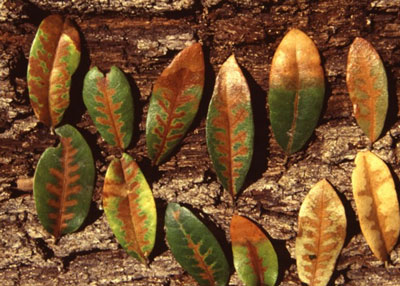
• The oak wilt fungus is inactive at temperatures above 95F, so it was later determined that pruning could be done after mid-July and running through Valentine’s Day.
• All cut surfaces larger than a broomstick (or your thumb) should be coated with pruning paint (or paint of some type) to prevent direct access to the fresh wood by the tiny beetle that carries the fungus.
• There is a fungicide that can be injected into healthy trees that are within oak wilt zones. This is work that is probably better left to a certified arborist who specializes in oak wilt.
• Oak wilt is also transmitted by root grafts, so if you have a grove (also known as a “mott”) of oaks with roots that are intertwined, you may need to consider having trenches cut through the root systems to prevent spread of the disease. Again, a trained certified arborist (ask for credentials) would be your best source of help.
• As for whether you may or may not be seeing oak wilt in your trees or down the road, I’m going to refer you to an outstanding website maintained by professionals of the Texas A&M Forest Service and the USDA Forest Service (hard to beat those resources). Click here for all of their help.
Pruning trees: General guidelines…
Entire books are written on proper pruning of shade trees (oaks included). Certified arborists have to pass difficult exams in order to prove that they are completely trained and qualified to be designated as “certified.” Here, however, are a few overall consumer facts and tips that can prove very useful.
• You cannot change a tree’s growth habit or mature size by pruning. You won’t keep a live oak from spreading far and wide and covering an entire city lot, and you won’t keep a pecan from running into the power lines. Those things are genetically pre-determined, and repeated pruning only delays the inevitable.
• But you can affect the pattern of a tree’s trunk and limbs. You can help it avoid narrow crotches and branch angles. You can remove low-hanging branches that are causing excessive shade or creating safety concerns.
• Other than for oaks and the oak wilt concerns noted above, pruning can be done at almost any time of the year. Certified arborists will be able to guide you.

• Only trained professionals should climb into trees to do pruning. I have watched them do their work, and it is a highly skilled science that leaves no room for mistakes.
On a side note, and specifically referring to one of the advertisers here in e-gardens for purposes of disclosure, Arborilogical Services was doing work in the trees at our house. I asked owner Steve Houser why I never saw any ladders on any of his trucks. His immediate response: “If a climber needs a ladder, I don’t hire him. I need climbers who can safely ascend from the ground to do their work.” I might add that his employees have won the Texas Tree Climbing Championship more than 20 times.
• Never lift your chain saw above your head. That greatly reduces the chances of serious injury.
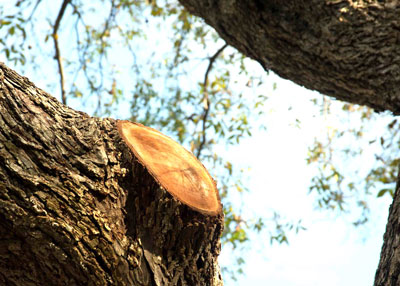

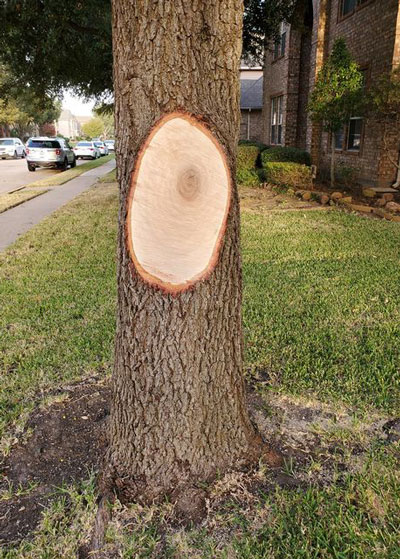
• When removing a large branch, use the 3-step approach to prevent bark peeling down the main trunk:
1. Make an undercut into the bottom of the branch 10 or 12 inches out from the trunk. It should extend 1/4 of the way up into the branch.
2. Go 3 inches farther out on the branch and cut from the top of the branch all the way through until the branch falls. The bark on the bottom of the branch will peel, but it will be stopped where it intersects with the undercut.
3. Come back near the trunk and make the final cut almost flush, leaving a piece of the branch collar in place for faster healing.
• The branch collar is a critical concept. Think of it as the “delta” of a river, where the river broadens as it enters a larger body of water. You want to make your cut back in the narrower area, not through the delta. That way you’ll be exposing less fresh wood. You’ll be leaving a uniform ring of wood to develop a roll of new bark. Over the next few years, that roll will grow to cover the wound. Eventually you won’t be able to tell that a branch was ever removed.
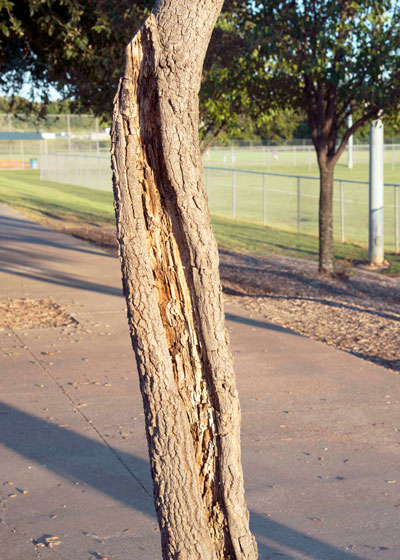
• By comparison, if you leave a stub in place as you prune, it will never heal. Decay will set in and eventually the rot will move down into the main trunk. After a few years the entire tree will be lost.
• As for pruning sealant, research of the past 25-30 years has shown that it’s really not necessary (except with oaks). In fact, trees that are left unsprayed usually heal more rapidly than trees whose pruning cuts are sealed.
